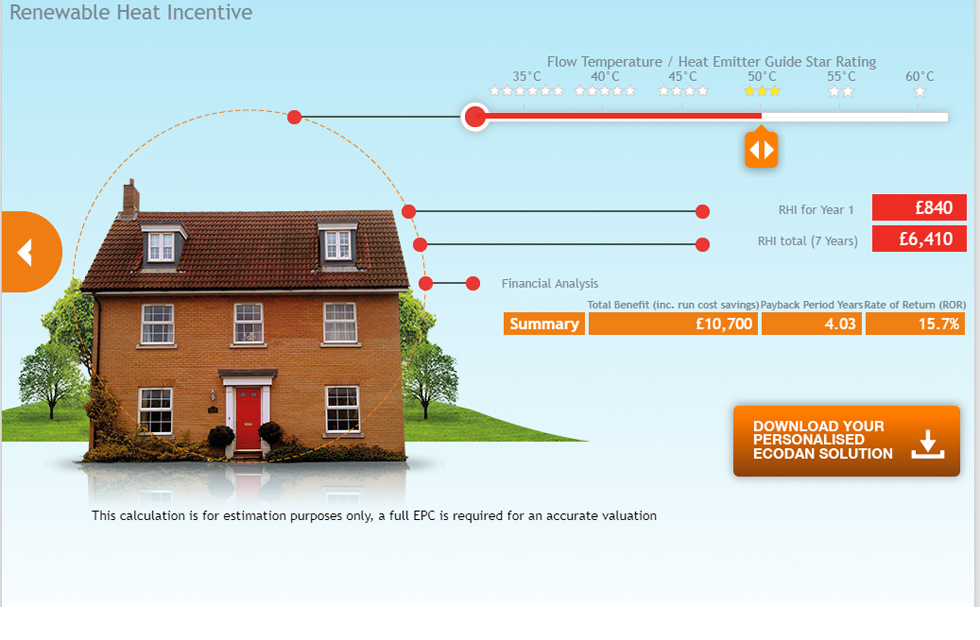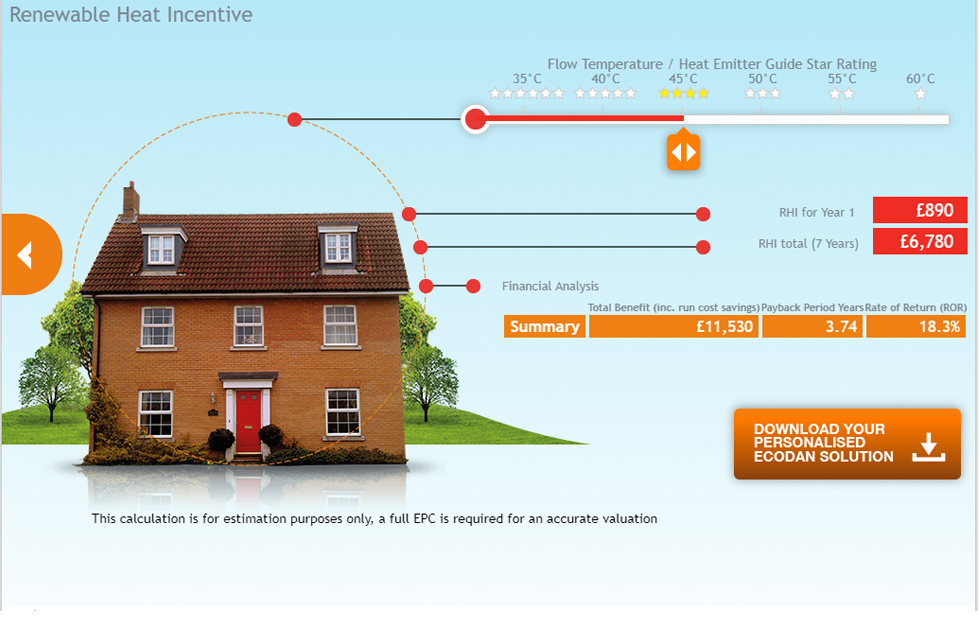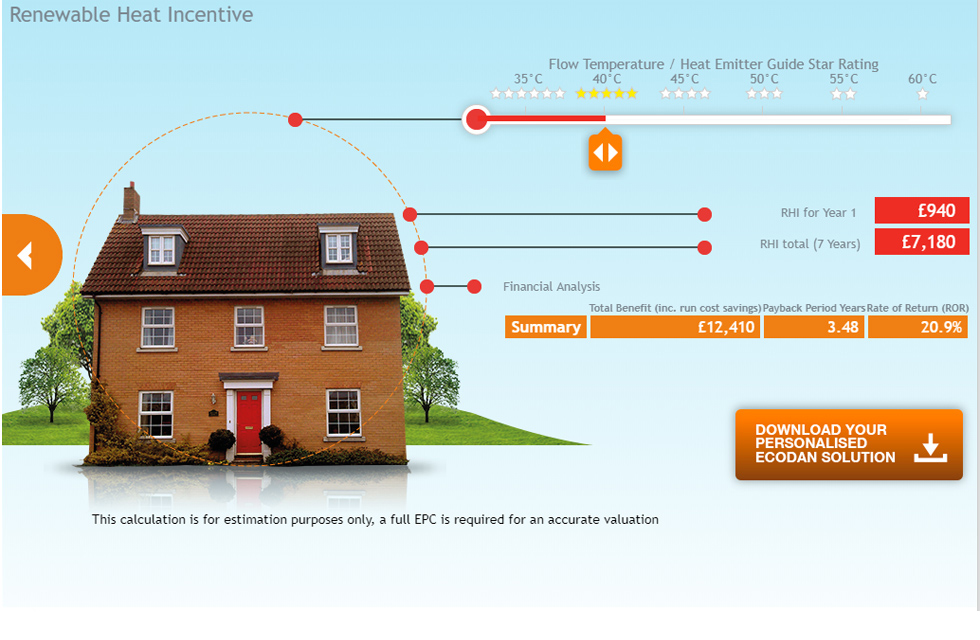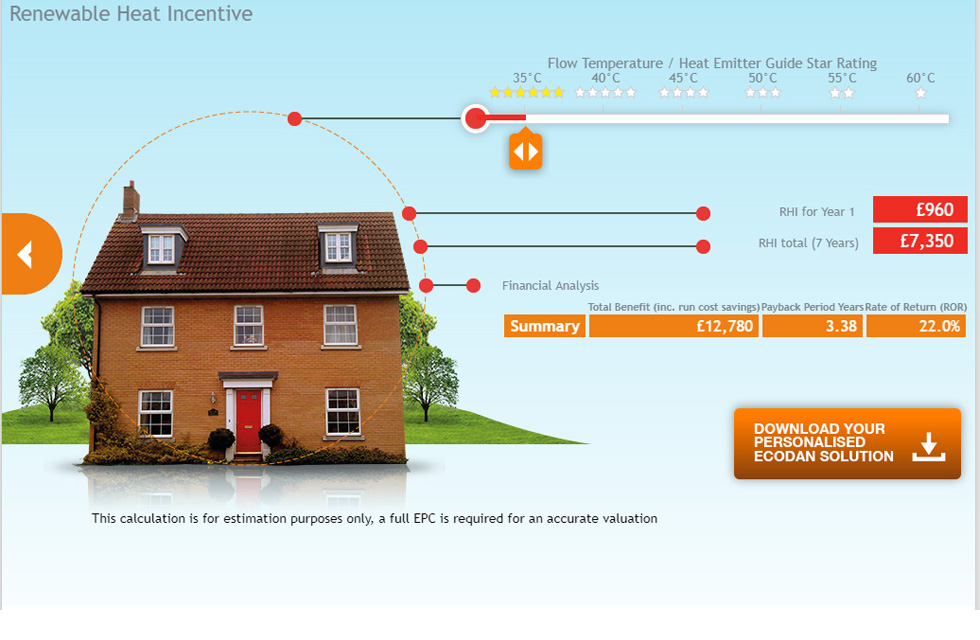As product manager for our new range of fan-assisted radiators, you would expect me to say how good they are (They really are!) but one of the things that surprised me when we were looking to launch them on the UK market, is how they can also increase the amount of money a homeowner or social landlord can earn from them as well.
Anyone who has had any form of renewable heating installed should be well aware of the regular payments that can be received from the Government in the form of the Renewable Heat Incentive. These can amount to thousands of pounds over the RHI period, helping to more than offset the initially higher costs for choosing a renewable heating technology.
That’s where the choice of radiators can make a real difference.
Yes, you need to make sure that the equipment and the installer are MCS (Micro Certification Scheme) approved and yes, there are forms and paperwork to be completed. But when you consider seven years of regular quarterly payments (20 years for commercial or community heating schemes), then the paperwork really does seem worth the trouble.
To maximise the amount of payments from the RHI though you really need to maximise the amount of renewable heating your system produces.
And the winner is
This is why I believe that heat pumps win hands down over other forms of renewable heating and why the Government has recognised this by increasing the RHI payments for air source heat pumps and predicting heat pump sales of 1m per year by 2030.
Heat pumps work best when they are set to run at lower flow temperatures around the heating system. The lower the flow temperature, the more efficient the system is, and the more renewable heat you produce to qualify for increased RHI.
That’s where the choice of radiators can make a real difference.
OK, slight sales pitch coming … Our new i-Life2 Slim fan assisted radiators are designed to work best at lower flow temperatures, so they will keep your home nice and cosy in one of the most energy efficient ways possible.
They also look good too and they deliver a faster heat up time and lower running costs than the equivalent output double panel, double convector radiator.
Paired with a renewable heating system such as an air source heat pump, and choosing lower design temperatures, the i-Life2 Slim does really have the potential to increase the payments you can receive from the Renewable Heat Incentive.
If you’d like to see an example of how the flow temperature can make a real difference to how much you can get from the RHI, our Ecodan Selection Tool has a slider on the final estimation, showing how the earnings grow the lower the flow temperature.
For anyone worried about whether your home will be warm and cosy, it’s worth remembering that most people are comfortable at about 22 Degrees and this is easily achievable at a flow rate of 35 Degrees.
Size and wall space
The other area that these radiators can help save money is in the installation time and type of fixings needed to install them.
The current option for anyone wanting to use low flow temperatures with a heat pump is to increase the size of the radiator. Not only does this require more wall space, which might not be available in every room, it’s also quite a change for the homeowner to get used to.
That’s where new radiators such as the i-Life can make a real difference as it’s almost half the size of the equivalent steel radiator operating at the same low flow temperature.
Weight a minute
Consider also that a 1kW i-Life which weighs just 17.5kg compared to around 48kg for an equivalent output radiator. This makes it easier to install on a wide range of walls and finishes and suitable for almost any property.
Finally, their ability to reach operating temperature within about three minutes compared to the 15+ that it can take the equivalent convector radiator means that the homeowner or tenant is less likely to fiddle with the thermostat and more likely to leave the system running at the efficient operating temperatures that have been programmed, again, saving energy and keeping the system as efficient as possible.
So, if you already have a renewable heating system, it is worth thinking about adding a fan-assisted radiator to deliver even better control of the lower flow temperatures needed to maximise payments from the RHI scheme.
If you’re about to install conventional radiators then I hope this piece will at least give you another option to think about.
Max Halliwell is Product Manager for Mitsubishi Electric's range of renewable heating systems
If you have any questions about this article, you can contact us via email. Or if you would like to tweet us, please follow our MEUK_LES twitter page.
We upload new articles every week so remember to check back regularly
You can also sign up for our monthly newsletter below.







